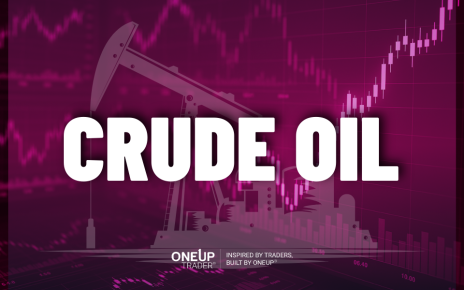- Hurricane Francine has caused a lot of supply disruptions that have put a premium on oil prices.
- Data on Wednesday showed an increase in crude inventories, indicating weak US demand.
- On Tuesday, OPEC lowered its forecast for consumption in 2024 and 2025.
Oil prices rose Wednesday and Thursday as Hurricane Francine ripped through the US, raising fears of supply disruptions. At the same time, investors remained concerned about demand after OPEC trimmed its forecasts for this year and 2025.
Hurricane Francine has caused a lot of supply disruptions that have put a premium on oil prices. The hurricane has disrupted work in the Gulf of Mexico, with 39% of production shut down by Wednesday. Such delays could lead to a tighter market, boosting oil prices.
Nevertheless, investors also focused on the demand side, which remained bleak. Notably, on Tuesday, OPEC lowered its forecast for consumption in 2024 and 2025. It is the second time that the organization has lowered its estimates, indicating a dim outlook. China’s economy has remained fragile when economists had expected a rebound in the second half of the year. Since the country is the largest consumer of oil, weaker-than-expected economic performance affects the global outlook.
Elsewhere, data on Wednesday showed an increase in crude inventories, indicating weak US demand. Nevertheless, stocks rose by 833,000, below estimates of 987,000. Experts noted that the surge came from an increase in crude imports and a drop in exports.
US inflation (Source: Bureau of Labor Statistics)
Other data from the US showed core inflation rising more than expected in August. The core CPI increased by 0.3%, beating forecasts for a 0.2% increase. The result was a rally in the dollar, which made oil more expensive for foreign buyers. Consequently, demand fell. At the same time, investors reduced bets for a 50 bps rate cut.
Meanwhile, bets for a smaller cut increased. Lower borrowing costs improve business conditions, raising demand for fuel. Therefore, an aggressive policy easing cycle boosts oil prices. On the other hand, a slow easing cycle delays the benefits of low interest rates, hurting oil. However, the decline will likely only be temporary. Eventually, interest rates will come down since inflation is nearing the Fed’s 2% target.
The next major report will show the state of wholesale inflation in the US, further shaping the outlook for rate cuts. Afterwards, the FOMC meeting will give more guidance on policy after September.


